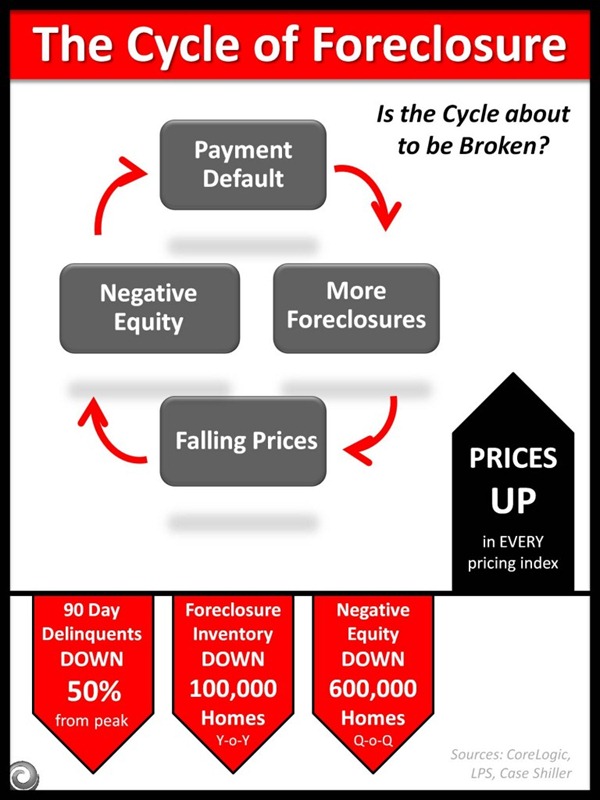Back in August, we identified young adults between 25-34 years old still living at home with their parents as a group that was about to enter the housing market. A recent Wall Street Journal article proves our thinking was correct. We have re-posted our original blog post and an update. – The KCM Crew
UPDATE
In a recent Wall Street Journal article, it was revealed that household formations dramatically increased the last 12 months:
- Average Annual Formations during boom years – 1.25 million
- Average Annual Formations 2008-2011 – 650,000
- New Household Formations in last year – 1.15 million
As the article states:
“Americans are setting up house at the fastest rate in more than six years, an indication that recession anxiety, which prompted adult children to move in with their parents and single people to postpone marriage, is starting to ease… Rising household formation, which is tied to employment growth, means more students are finding jobs when they leave college, more adult children are leaving their parents’ homes and more couples feel confident enough about the future to tie the knot.”
OUR ORIGINAL POST
The Six Million 25-34 Year-Olds Still Living at Home
There is a tremendous opportunity in this demographic and we believe that this opportunity will make itself available in the near future.
The Opportunity: John Burns Consulting, in their newsletter this past December reported that there are nearly six million young adults between the ages of 25-34 living at home with their parents. This number represents almost a 50% increase from the four million living at home in 2003. Also Morgan Stanley, in their June edition of Housing Market Insights , explain that the biggest fall-off in homeownership rates occurs in the age group under 35 years old. This is an anomaly that we believe will correct itself over the next few years.
Why Act Now? Contrary to some press asserting the opposite, we believe that this segment of the population still has a strong belief in homeownership and are intending to act on their feeling. For example, a recent study by TD Bank reported 84% of today’s younger renting generation-ages 18-34-intend to buy a home. Also Eric S. Belsky, managing director at the Joint Center for Housing Studies of Harvard University two months ago stated:
“Surveys consistently find that the overwhelming majority of young adults plan to own a home in the future.”
Belsky went on to say:
“Many would-be buyers have stayed on the sidelines waiting for the job outlook to improve and house prices to stop falling. But as markets tighten, these fence-sitters may begin to take advantage of today’s lower home prices and unusually low mortgage rates. With rents up, home prices sharply down, and mortgage interest rates at record lows, monthly mortgage costs relative to monthly rents haven’t been this favorable since the early 1970s.”
The 5 Things You Must Do to work this demographic.
- Reach out to this segment in your marketplace by offering free 1st Time Buyer seminars/webinars in which you can explain why now is the time to buy (for help doing this, you can check out a recent webinar we did for buyers)
- Populate your social media with articles and visuals on the subject
- Be able to intelligently discuss renting vs. buying in today’s market
- Be able to easily discuss the non-financial advantages of homeownership
- Be well versed on all mortgage programs aimed at a first time buyer (FHA for example)
source: KCM









